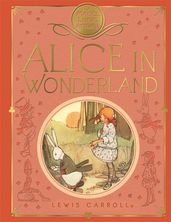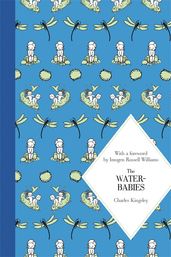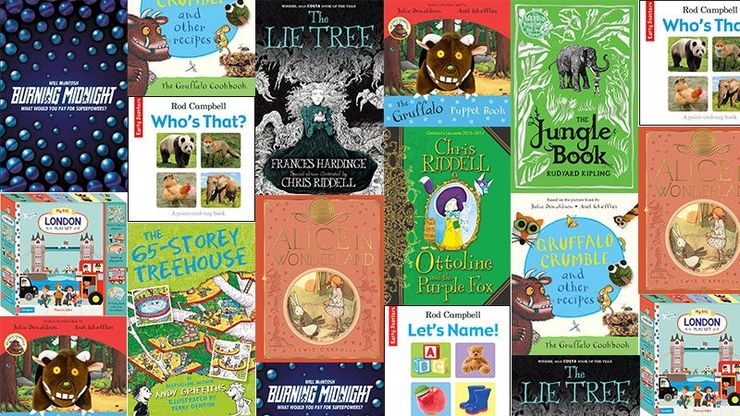Mabel Lucie Attwell
Mabel Lucie Attwell (4 June 1879 - 5 November 1964) was a much loved British illustrator whose artwork holds a unique appeal to both children and adults. A huge commercial success during her lifetime, her illustrations are familiar from stories such as Alice in Wonderland, Peter Pan and Wendy and The Water Babies, each recognized and loved as nursery classics around the world.
Books by Mabel Lucie Attwell
Series by Mabel Lucie Attwell




